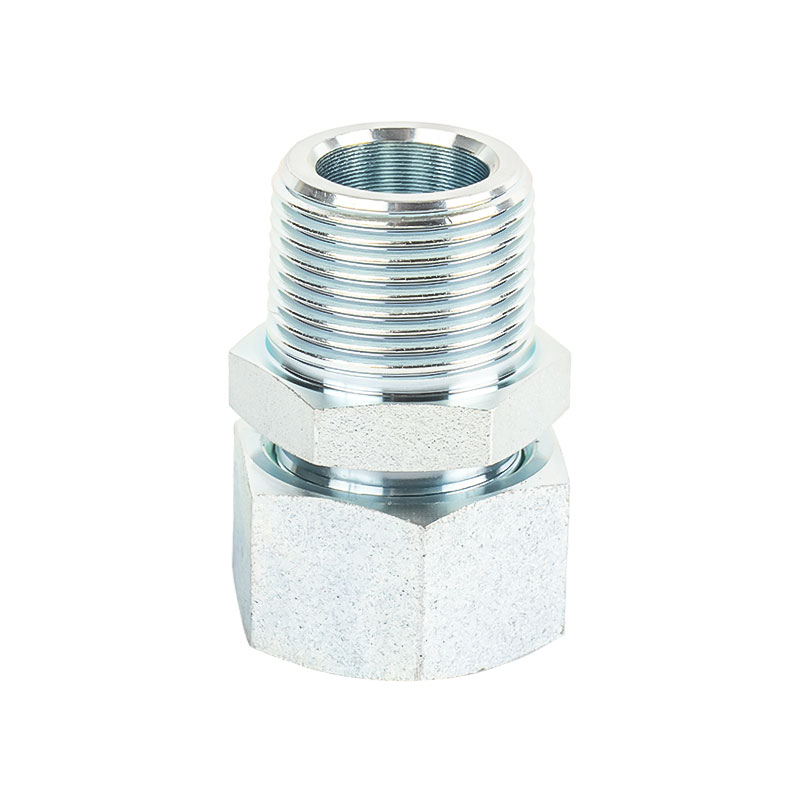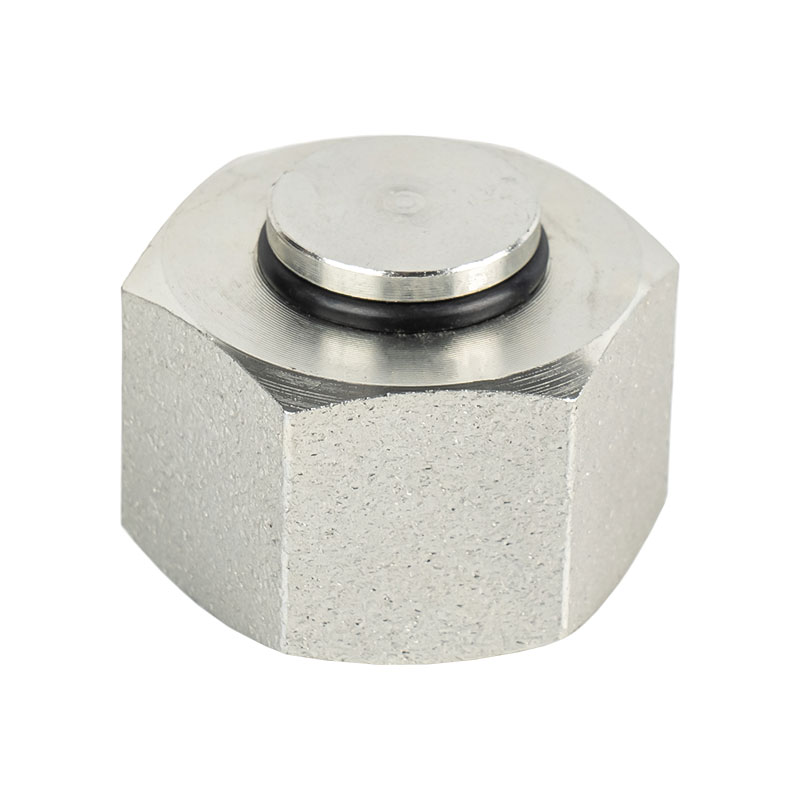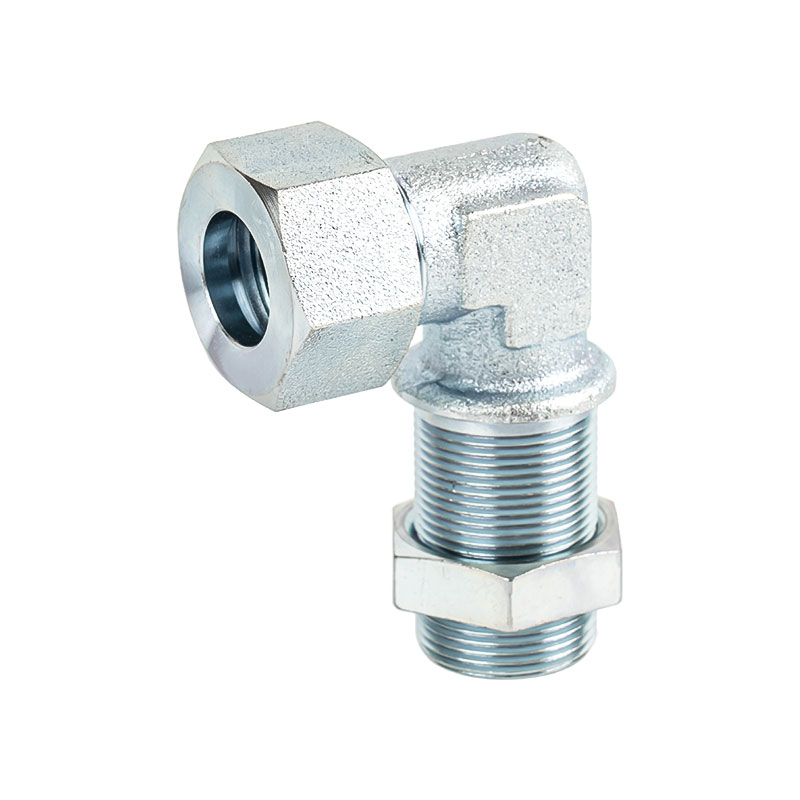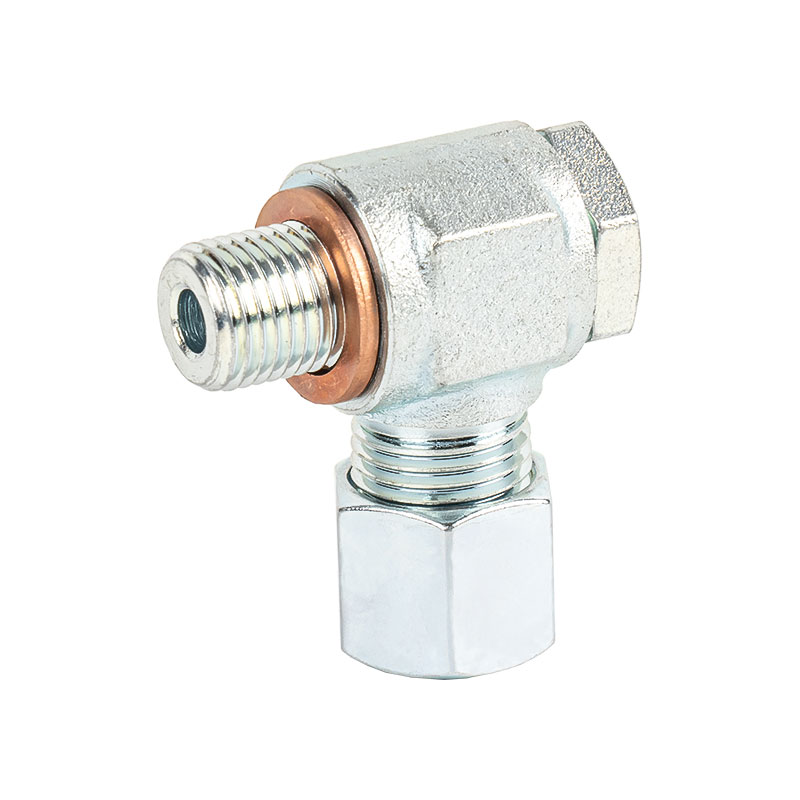Understanding the Widespread Application of Bite Type Tube Fittings Across Modern Industries
Bite type tube fittings have become a widely adopted mechanical connection method in fluid and gas systems due to their reliable sealing structure, installation efficiency, and compatibility with a range of tube materials. Their adaptability makes them applicable to various industrial environments that require stable flow control, vibration resistance, and long-term operational safety. As industries aim for greater efficiency and reduced downtime, these fittings have become a practical solution for ensuring leak-resistant connections without relying on welding or complex assembly procedures. The following sections explore the commonly involved industries, technical requirements, and application characteristics associated with bite type tube fittings.
Usage in Hydraulic Power Systems
Hydraulic power transmission is one of the most common fields where bite type tube fittings are applied. Systems such as excavators, injection molding machines, hydraulic presses, and industrial automation equipment rely on stable hydraulic flow to maintain consistent performance. These fittings provide a secure metal-to-metal seal that can withstand high-pressure fluid systems, making them suitable for applications where vibration, rapid pressure fluctuations, or continuous mechanical movement may occur. Hydraulic power plants and equipment manufacturers prefer bite type connections because they reduce installation time and allow maintenance personnel to replace tubing without using heat-based joining methods. Their use helps ensure consistent fluid control, proper pressure retention, and reduced risk of leakage during heavy-duty operations.
Applications in Construction Machinery Manufacturing
Construction machinery requires durable and serviceable fluid lines that can endure impacts, long hours of vibration, and exposure to harsh environments. Bite type tube fittings are commonly used in equipment such as loaders, bulldozers, cranes, and drilling rigs due to their ability to maintain joint integrity under mechanical stress. In production settings, manufacturers often integrate these fittings into fuel lines, brake controls, and hydraulic control units to support the overall operational stability of each machine. On construction sites, technicians rely on these fittings when repairing or upgrading systems because they allow for convenient on-site assembly without welding. This advantage reduces downtime and makes these fittings suitable for geographically dispersed or remote construction environments.
Adoption in Automotive and Transportation Engineering
The automotive and transportation sectors utilize bite type tube fittings in multiple fluid and pneumatic systems, particularly in commercial vehicles, heavy-duty trucks, and rail equipment. They are frequently found in braking systems, fuel delivery lines, and air control units for suspension or braking components. The need for safe operation under continuous vibration makes these fittings a practical option, as their compression-based sealing method offers durability during extended service intervals. With the increasing integration of hydraulic and pneumatic components in modern vehicles, bite type tube fittings are being used to ensure consistent line pressure and minimize the potential for connection failure. The table below summarizes typical uses within transportation engineering.
| Application Area | Typical Function | Reason for Using Bite Type Fittings |
|---|---|---|
| Commercial Vehicle Braking | Maintaining pneumatic pressure | Reliable seal under vibration |
| Fuel Line Management | Fuel transport between components | No need for welded joints |
| Railway Air Systems | Controlling suspension and braking | Stable performance under long-term operation |
Role in Industrial Automation and Manufacturing Lines
Automation equipment, robotic systems, and industrial production lines rely heavily on stable fluid or gas transmission. Bite type tube fittings are used in lubrication pipelines, coolant channels, pneumatic control modules, and precision machining systems. Their ability to adapt to stainless steel, copper, and carbon steel tubing makes them suitable across diverse production environments. Automation manufacturers prefer fittings that provide predictable sealing performance and ease of replacement, especially in high-speed operations where even minor leakage can affect product quality or equipment accuracy. Bite type fittings meet these requirements by offering structural consistency and compatibility with modular production layouts. They also support quick disassembly during equipment maintenance, helping companies minimize downtime.
Integration into Oil and Gas Equipment
Oil and gas exploration, refining, and distribution facilities often deploy bite type tube fittings in medium-pressure fluid systems. These environments require dependable connectors that can function under elevated temperatures, corrosive media, and fluctuating flow conditions. Although extremely high-pressure applications may use welded or flanged connections, bite type fittings are widely selected for auxiliary systems such as lubrication circuits, cooling loops, hydraulic actuation systems, and instrumentation control lines. They enable precise alignment and provide stable mechanical strength, especially when equipment must operate continuously. Anti-corrosion surface treatments and alloy-steel versions further expand their capabilities in offshore platforms, refineries, and processing terminals.
Usage in Chemical Processing and Laboratory Systems
Chemical plants and laboratory facilities depend on tubing systems that can transport various liquids and gases with minimal contamination or leakage. Bite type tube fittings are often used in analytical instruments, pilot plants, fluid sampling devices, and general process control systems. Their mechanical sealing structure offers compatibility with stainless steel tubing, which is widely used in chemically reactive environments. These fittings help maintain system cleanliness while withstanding constant flow regulation. In laboratories, technicians value the fittings’ ease of assembly because instrumentation systems often require frequent configuration changes. In larger chemical facilities, the fittings support complex process pipelines where accuracy and reliability are crucial to maintaining product consistency.
Applications in Renewable Energy and Power Systems
Renewable energy sectors, including wind turbines, solar tracking systems, and battery manufacturing facilities, incorporate bite type tube fittings into various hydraulic and cooling frameworks. In wind turbines, for example, pitch control and brake systems rely on hydraulic circuits that must remain functional during continuous rotational movement. Solar power plants utilize these fittings in actuator systems that adjust panel angles throughout the day. In battery production, they help manage coolant flow for temperature-sensitive processes. As energy infrastructure becomes increasingly sophisticated, the need for reliable tubing connections in distributed systems continues to grow, enhancing the relevance of these fittings.
Growing Importance in HVAC and Refrigeration Systems
Heating, ventilation, and refrigeration units commonly require stable tube connections to support refrigerant circulation and pressure management. Bite type tube fittings are used in systems that employ metal tubing for compressed gases or thermal regulation. These applications demand fittings that can retain sealing performance despite temperature fluctuations and cyclic pressure loads. Their mechanical seal enables compatibility with various refrigerant types, making them suitable for commercial HVAC equipment, industrial cooling towers, and chilled water systems. Recent industry shifts toward higher-efficiency cooling solutions have also increased the demand for fittings that can support more compact but higher-pressure designs.
Comparison of Key Industry Requirements
Different industries prioritize specific performance attributes when choosing bite type tube fittings. The following table outlines several common requirement categories and their relative importance across major sectors.
| Industry | Key Requirement | Fitting Advantage |
|---|---|---|
| Hydraulic Power | High pressure endurance | Metal-to-metal sealing stability |
| Automotive | Resistance to vibration | Secure mechanical connection |
| Chemical Processing | Corrosion compatibility | Material versatility |
| Construction Machinery | Impact resistance | Strong structural grip |
| Automation | Quick assembly | Efficient installation |
Future Development Directions
As industries advance toward higher operational standards, bite type tube fittings are expected to evolve with improved material properties, enhanced surface treatments, and more precise manufacturing tolerances. Automation in fitting production lines is likely to expand, enabling more consistent bite depth, improved sealing quality, and reduced variability across batches. Additionally, industries may increasingly adopt fittings designed for higher pressures and broader temperature ranges, further expanding their applicability. With the growing emphasis on leak reduction, energy efficiency, and sustainable operation, bite type tube fittings will continue to serve as integral components in fluid and gas transmission systems across many sectors. Their adaptability ensures they will remain relevant as industrial technologies evolve and new equipment designs emerge.

 中文简体
中文简体








